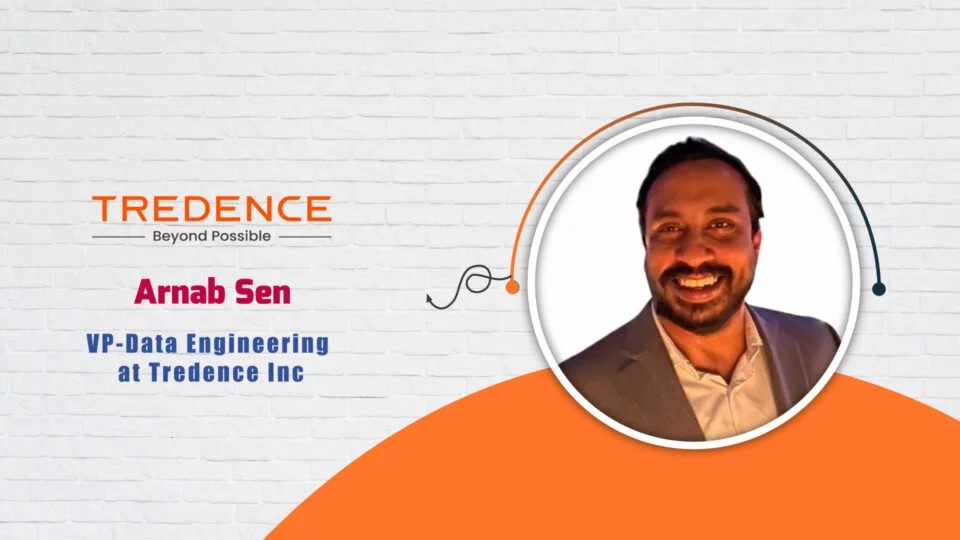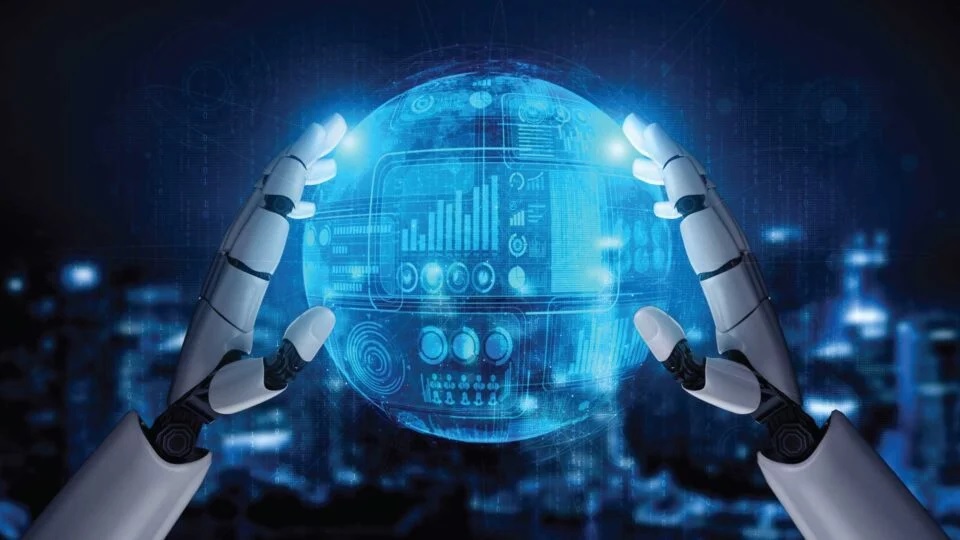AI and ML are changing the way we live and work. Many people think they’re reserved for tech giants, however. But increasingly we’re seeing SMEs harness the power of these tools. And the benefits are clear: artificial intelligence and machine learning can improve operations, boost customer satisfaction and help companies to outpace the competition – all of which are essential if you want your business to not only survive but thrive.
Interested in knowing more? Here we look at the benefits of AI and ML in the business world as well as the perceived challenges.
Customer service
We’ve probably all communicated with a chatbot online when searching our favourite store’s website. In fact, many might not even realise that when you use the chat box function, you’re not actually speaking to a human. This is one of the best examples of how technology can be used to help a business as it offers 24/7 customer support without breaks or vacations, and it’s likely to save money over time too. Even better, these chat boxes provide instant responses to customers, whatever time of the day, meaning customers are better served and we know that is crucial for customer retention and loyalty. That’s not to say there isn’t a place for human customer service agents, instead, your human team can be deployed to other areas of the business and can tackle more complex issues.
Administration
Data entry, accounts, general admin – these are all essential tasks for business owners to complete but it’s not always easy to find the time to dedicate to them. That’s where AI and ML come in. In fact, AI can automate data entry making it faster and error-free. It can even take care of administrative tasks, report generation, and appointment scheduling meaning you and your team can focus on business-critical tasks. With more time freed up, you’ll likely be able to respond quicker around the business and can put more time into your overall strategy.
Decision-making
Another benefit of AI is that it provides deeper insights and can analyse large amounts of data much quicker than a human could. This makes it even easier to predict market demand, understand specific customer preferences and optimise resource allocation.
The challenges in implementing AI
Despite the benefits of AI and ML, we can’t ignore the challenges surrounding it. This includes the difficulties in managing vast data storage, recruiting skilled AI professionals, and not to mention the rapid changes in the AI landscape. Indeed, implementing AI isn’t a one-stop approach. Instead, companies need to continuously innovate to ensure they can keep pace with competitors.
To Know More, Read Full Article @ https://ai-techpark.com/transforming-smes-for-success/
Read Related Articles:
Diversity and Inclusivity in AI
Things You Should Know About Quantum Computing
Maximize your growth potential with the seasoned experts at SalesmarkGlobal, shaping demand performance with strategic wisdom.











